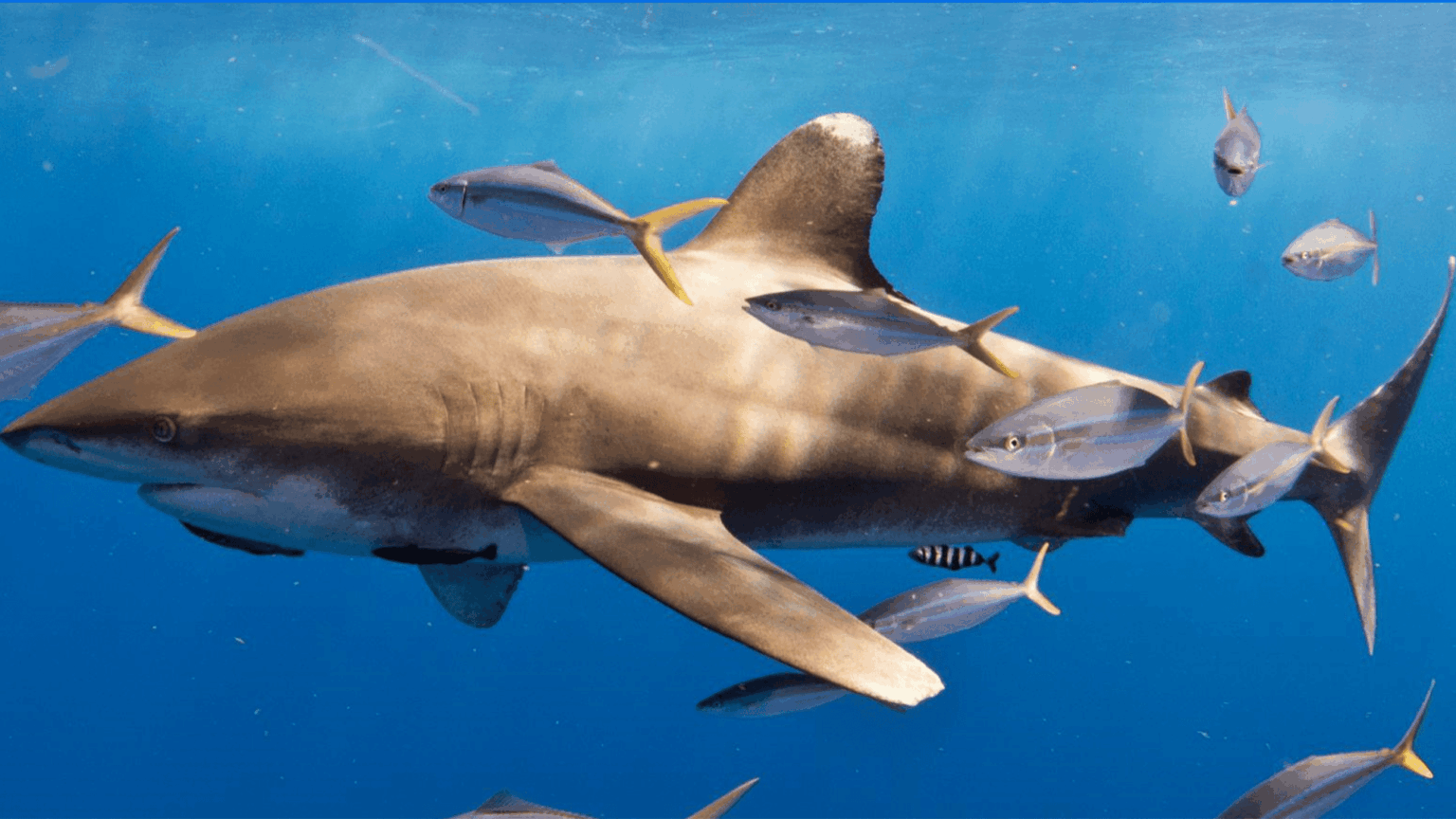Unveiling the Hidden Behaviors of Sharks: A Closer Look at Group Feeding Dynamics
Introduction: Rethinking Shark Behavior
Among the more than 500 recognized shark species, a significant number are apex predators that hunt rather than scavenge, especially in open ocean environments. Predatory sharks such as the great white (Carcharodon carcharias) typically ambush their prey from below, while reef sharks often herd their targets into narrow crevices before striking. Despite their reputation as fierce hunters, many sharks predominantly feed on already deceased animals, often scavenging alone or in small groups. Recent observations, however, challenge this traditional view by revealing unexpected social feeding behaviors among these solitary hunters.
Groundbreaking Discovery: Sharks Sharing a Meal
A recent study published in Frontiers in Fish Science by researchers from the University of Hawaiʻi at Mānoa documented an extraordinary event: a congregation of sharks feeding simultaneously on a decaying carcass of an unidentified animal. This marks the first recorded instance of tiger sharks (Galeocerdo cuvier) and oceanic whitetip sharks (Carcharhinus longimanus) peacefully scavenging together on the same carcass.
Co-author Molly Scott explained, “To our knowledge, this is the first documented case of these two species, which usually inhabit vastly different environments, coming together in such a manner to feed on a single carcass.”
Video Evidence of Cooperative Scavenging
Unprecedented Group Feeding Phenomenon
Oceanic whitetip sharks (Carcharhinus longimanus) are known for their extensive migrations and are currently classified as a vulnerable species by the International Union for Conservation of Nature (IUCN). They typically reach about 6.5 feet in length and spend most of their lives traversing the open ocean alone. Their primary habitats are often far from coastlines, making direct observation challenging. However, they do venture closer to Hawaii’s Big Island during spring and summer months.
In contrast, tiger sharks (Galeocerdo cuvier) are larger, averaging between 10 and 13 feet, and are more coastal in nature, frequently inhabiting waters around the Hawaiian Islands year-round.
“It’s quite rare for these two species to overlap in both space and time,” Scott noted.
In April 2024, a tourist vessel off the west coast of Hawaii observed a carcass about 6.2 miles from shore. Over an 8.5-hour period, the crew witnessed a feeding frenzy involving at least nine oceanic whitetip sharks and five tiger sharks.
Despite the presence of numerous predators competing for limited resources, the sharks displayed no signs of aggression or territorial disputes, suggesting a peaceful coexistence during the feeding event. Scott remarked, “It was fascinating to see so many sharks sharing a small carcass without any conflict, indicating a possible social understanding or hierarchy at play.”
Size and Dominance in the Feeding Hierarchy
The larger size of tiger sharks appeared to give them a dominance advantage during the scavenging. The most prominent sharks-mainly the tiger sharks and the two largest oceanic whitetips-were observed directly feeding on the carcass, while smaller sharks remained on the periphery, consuming scraps of flesh that drifted away. This behavior suggests a natural hierarchy, possibly influenced by size and strength, which determines access to the primary food source.
Additionally, individual differences, such as shyness or risk aversion, may influence how sharks participate in group feeding. For instance, the female tiger shark, being smaller than her male counterparts, seemed more cautious, perhaps waiting for a less competitive moment to feed. Social dynamics and prior established hierarchies likely played a role in shaping these interactions.
Implications for Understanding Shark Social Structures
This observation, though limited in scope, offers valuable insights into the social behaviors of sharks, a group often stereotyped as solitary and aggressive. The event took place in open water, a setting where such interactions are rarely documented, and the carcass was quickly consumed, making it a fleeting but significant glimpse into shark ecology.
“Throughout the observation, multiple individuals filmed the sharks, and no aggressive or hostile behaviors were reported,” Scott emphasized. “This challenges the common perception of sharks as mindless predators and suggests they may possess more complex social interactions than previously thought.”
Broader Significance and Future Research
Understanding the social and feeding behaviors of sharks is crucial for conservation efforts, especially as many species face threats from overfishing and habitat loss. Events like this highlight the importance of studying sharks in their natural environments to uncover behaviors that could inform better management strategies.
While the current findings are based on a brief observation, they open avenues for further research into how sharks communicate, establish hierarchies, and cooperate during feeding. Such knowledge could reshape public perceptions and foster greater appreciation for these misunderstood marine predators.
Conclusion: Rethinking the Image of Sharks
This rare glimpse into the cooperative feeding behavior of sharks underscores the complexity of their social lives. Far from being mindless killers, sharks may engage in peaceful, organized group activities, especially when resources are scarce. As research continues, our understanding of these fascinating creatures will undoubtedly deepen, challenging long-held stereotypes and emphasizing the importance of their conservation.

